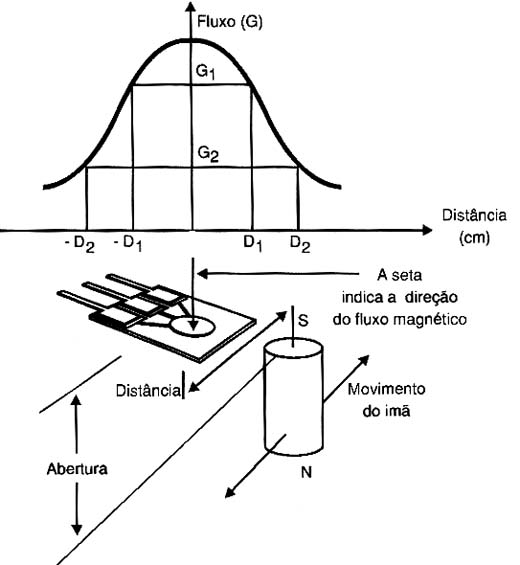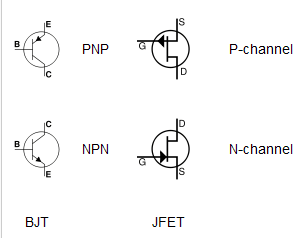Linear Hall Sensor: An explanation of PNP vs. NPN output
A linear Hall sensor is an important magnetic device. It works with the Hall effect. It is very important for businesses to be able to accurately sense position and measure speed. These sensors turn the strength of a magnetic field into an electrical voltage. There are two main types of sensors based on their output transistor: PNP and NPN. For the right setup of the system, you need to know the difference.

PNP: The Logic for Sourcing Output
The main difference is the idea of Sourcing vs Sinking Sensor Output. A PNP sensor is a device that "sources" something. There is a PNP transistor structure at the output. The output pin actively sources positive current when the sensor detects a magnetic field. It raises the signal to the supply voltage (VCC). This means that a PNP Sensor Sourcing Output is "active high." The output is low when there is no field. The load needs to connect the sensor output to the ground (GND). A pull-down resistor from outside is often needed for this setup. This guarantees that the signal switches smoothly when used with logic circuits. To avoid making mistakes, always check the Hall Sensor Wiring Diagram.
NPN: The Logic for Sourcing Output
A "sinking" device is an NPN sensor. Its output structure is an NPN transistor. It operates on the opposite logic. The NPN sensor sinks current when it is activated by a magnetic field. It provides a route from the load to the ground. The NPN Sensor Sinking Output becomes "active low" as a result. The output is high (open circuit) when there is no field. The load needs to be connected between the sensor output and the positive supply (VCC). An external pull-up resistor for NPN Hall Sensor is required in order to cause the output to go high when the transistor is off. In terms of current capacity, the NPN type is frequently stronger. It is therefore reliable in a variety of systems.

Application and PLC Correspondence
Your decision is based on region and system requirements for practical use. The logic of the sensor's output must coincide with the logic of the controller's input. For example, the PNP Sensor Sourcing Output is a good choice for systems that require a high-active input. The NPN Sensor Sinking Output is required for systems that require a low-active signal. The PLC Input Card Compatibility needs to be checked. A PNP (sourcing) sensor is required for a "sinking" PLC input. An NPN (sinking) sensor is required for a "sourcing" PLC input. This is a typical mistake location.
How to choose the right sensor
The Industrial Sensor Regional Preference is frequently followed when selecting a type. In parts of North America and Europe, PNP sensors are widely used. In Asia, NPN sensors are commonplace. Old electrical habits, not improved performance, are to blame for this. "Universal" input modules are used in contemporary control systems. These can use software to switch between sourcing and sinking logic. This increases adaptability in a variety of Hall Effect Sensor Applications.
Rules for protection and sensor wiring
Reliability greatly depends on proper setup. Maintain the supply voltage within the sensor's bounds at all times. It is broken by excessive voltage. Pull-up and pull-down resistor values need to be correct. Usually, they fall between 1kΩ and 10kΩ. Strong electromagnetic noise (EMI) must be far from the sensor location. Shielding should be used in signal cables to reduce noise. Keep cables short as well. Don't use more than one meter. This stops bad interference and signal loss.
The variation in PNP and NPN power consumption
Differences in power use are present but minimal. PNP and NPN sensors have comparable idle currents. Typically, it is just a few milliamperes. However, NPN consumes more power when switching quickly. Its stronger output drive is the reason for this. Choose according to the actual need if power consumption is an issue.
Conclusion
Fast Troubleshooting Hall Sensor Output is required if you are experiencing problems. The output voltage of a PNP sensor alternates between being near GND (inactive, with load/pull-down) and VCC (active). The output of an NPN sensor alternates between near GND (active) and VCC (inactive, with pull-up). Check the wiring and power first if the output is stuck. Next, see if the sensor is damaged. In short, NPN sinks current to ground while PNP sources positive current.









